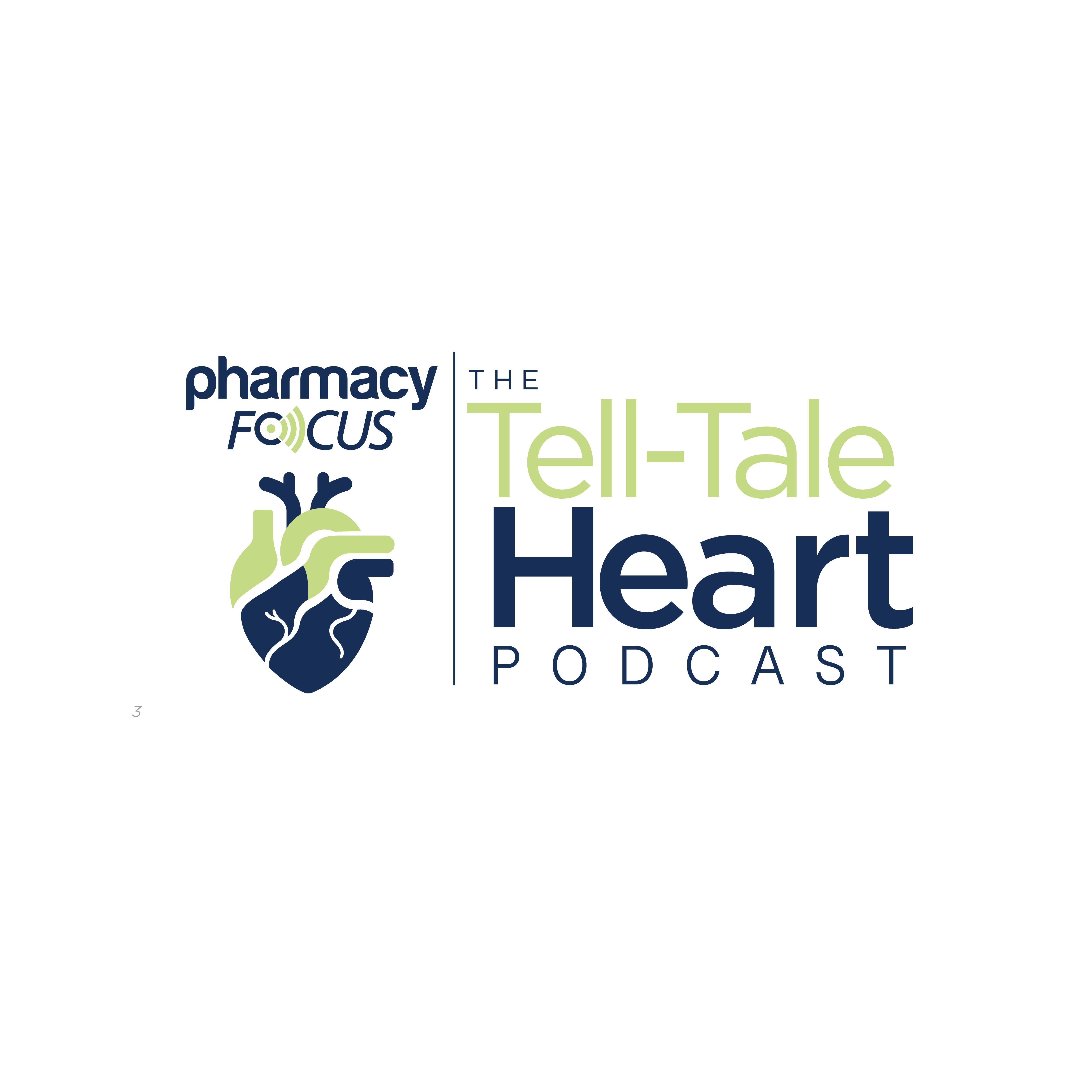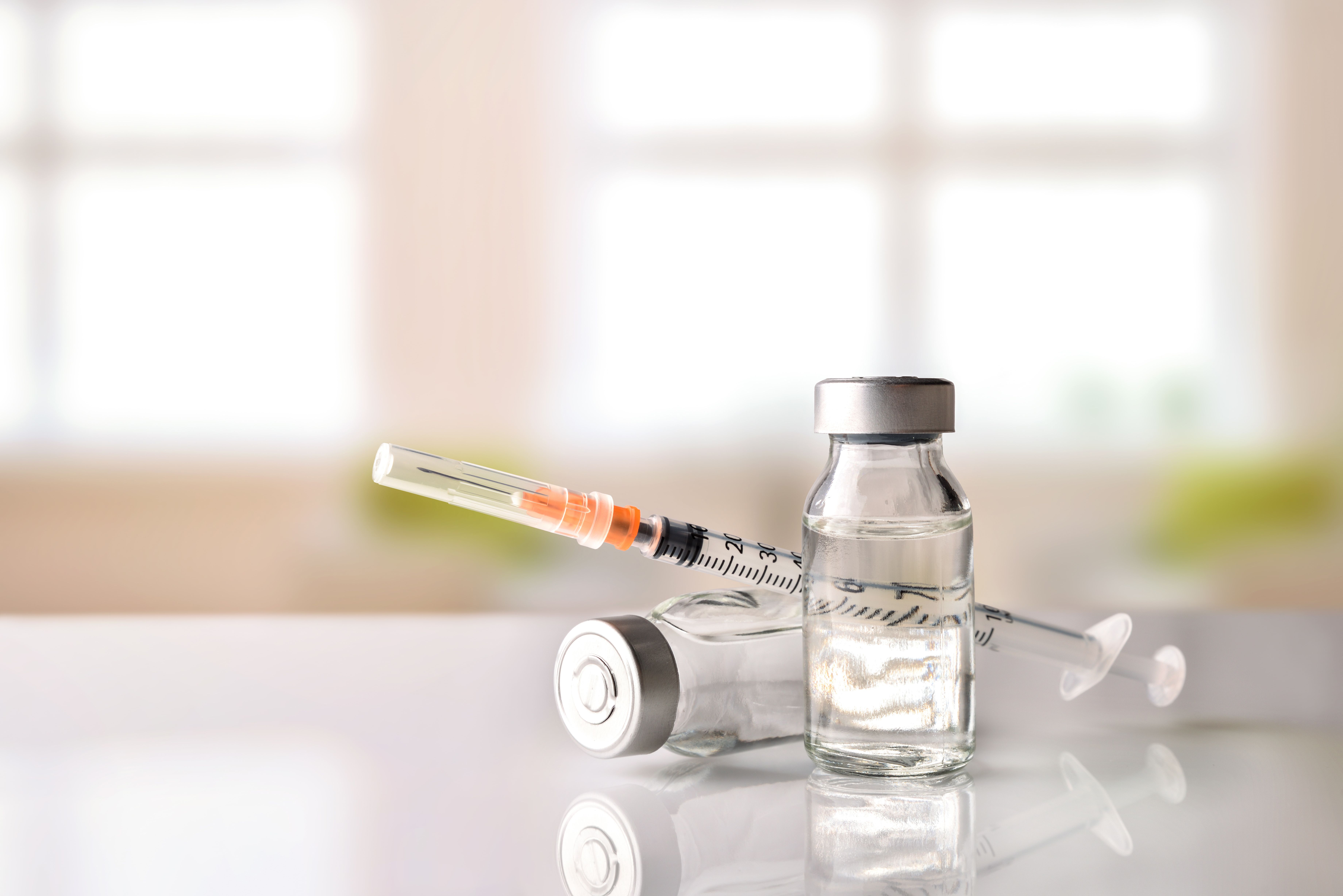
Commentary
Video
Asembia AXS25: Navigating the Future of Cell and Gene Therapies
In an interview with Pharmacy Times®, Fran Gregory, PharmD, MBA, vice president of emerging therapies at Cardinal Health, discussed the evolving landscape of cell and gene therapies, highlighting the increasing role of specialty pharmacies in expanding treatment access beyond academic medical centers. She highlighted her presentation, “Cell, Gene and Beyond: What’s Working and Where Do We Go Next,” which she shared at Asembia's AXS25 Summit.
Gregory emphasized the critical need to develop robust health economic models to demonstrate the long-term value of these high-cost therapies, which can range from $500,000 to over $4 million per patient. She explored the shift from autologous to allogeneic therapies, which offer more off-the-shelf solutions and broader patient access. Gregory also stressed the importance of addressing sustainability challenges by reducing manufacturing costs and creating innovative payment methodologies to support the future of cell and gene therapies.
Pharmacy Times: What are the most critical market access and reimbursement challenges currently facing cell and gene therapies, and how might specialty pharmacies play a role in addressing them?
Fran Gregory, PharmD, MBA: Specialty pharmacy certainly is being seen as a player in the cell and gene therapy space, and particularly in the past few years. As we've seen this market evolve, we've seen a shift from primarily being administered in an academic medical center, and we're starting to see that shift out to community provider sites. That's one of the shifts that we're seeing. Secondarily, we're seeing different types of cell and gene therapy. We were primarily seeing autologous cell therapies. Now we're moving into that allogeneic space, meaning there will be more off the shelf technologies available for, again, broader patient access, but more providers to want to get into that space to help provide a broader access picture for patients. Then thirdly, what we're really seeing is because of those 2 shifts, providers who are not these huge academic medical centers may not feel as comfortable buying and billing a very high-cost product. So, specialty pharmacies are really coming into play to work with those provider sites that maybe want to access a specialty pharmacy for not only acquiring the product, but some of those clinical programs that accompany that service as well. If we think about reimbursement and value that these products provide, specialty pharmacies can really play an active role in providing a touch point with the patient to be able to track those longer-term outcomes and provide almost a real-world evidence type of picture for those patients longer term. There are a few different ways where I think specialty pharmacies can really start playing more active role in this area.
Pharmacy Times: Beyond traditional value assessment, how should we define the value of cell and gene therapies, considering their potential long-term impact on patient outcomes and the healthcare system?
Gregory: It is critically important right now, if you think about the cell and gene therapy space, we were really trying to figure out some basic problems and challenges when we entered this market several years ago. Logistics, temperature control, some of the basic administration and adverse event monitoring things, we've gotten a lot of those figured out. Now we're really looking into that are they worth it question a little bit more. Some of the manufacturers and the products have faced some challenges in getting reimbursed, and providers are facing challenges in the administrative burden to get these products reimbursed. We're at this point where it is critical for us to really develop valuable health economic models that are very sound and very scientifically derived, so that we can really start to place a lot more confidence in how these products is viewed from a long-term patient value perspective. This is so much more important because this high cost 500,000 to over 4 million per dose per patient is really going to hit the health care system at one point versus having a longer, even high-cost treatments in the past were spread out over a longer period of time. We really have to determine how can we best not only show the value of the product with health economic models but also be able to develop some innovative payment methodologies to support that as well.
Pharmacy Times: What are the key market trends and sustainability considerations that will likely shape the future landscape of cell and gene therapies, particularly regarding investment and patient access?
Gregory: This is one of the most, again, critical areas when we think about cell and gene therapies. The sustainability question is really coming into play quite a bit in recent months and years. Again, due to the high cost and some of the challenges with patient access, being that these are limited to certain treatment sites, and patients do have a difficult time sometimes getting to those sites if they're not local to their residents. So, there are a few key considerations here that we need to think about relative to cell and gene therapy and the sustainability of these treatments. I think really the key for patients is bringing these treatments closer to patients, so really allowing and incentivizing, from a reimbursement perspective, more providers to be able to access these types of treatments for their patients. Especially as we get into the space where these are not necessarily manufactured for one patient at a time when we're thinking about allergenic or some gene therapies where they're kind of more off the shelf. I think that's a key for manufacturers to be thinking about, is how they're developing products. The second thing would be really keeping the cost down from a manufacturing perspective, really looking at those costs. I know some say those costs are unsustainable, even at the small patient volumes that we're treating now. If we think about higher patient populations being treated with some of these products in the future, we really need to learn new technologies and new manufacturing capabilities to bring those costs down.
Newsletter
Stay informed on drug updates, treatment guidelines, and pharmacy practice trends—subscribe to Pharmacy Times for weekly clinical insights.
2 Commerce Drive
Cranbury, NJ 08512
All rights reserved.





